
A holistic approach emphasizes learning healthy habits before pushing your limits.
As a personal trainer, I stand firmly behind the holistic approach. Intense workouts and crash diets might deliver short-term results, but sustainable health for your mind and body comes from the regular practice of proper exercise selection, nutrition choices, stress management and recovery techniques. Ignoring one facet will impact the rest. It’s also a delicate balance that is in constant flux as we age.
Let’s discuss how to optimize these areas. In general, I’ve found the best approach is to be cautiously curious as what works for one person, may not work for you. The goal is to discover your options and apply them according to your preferred healthy lifestyle.
EXERCISE SELECTION
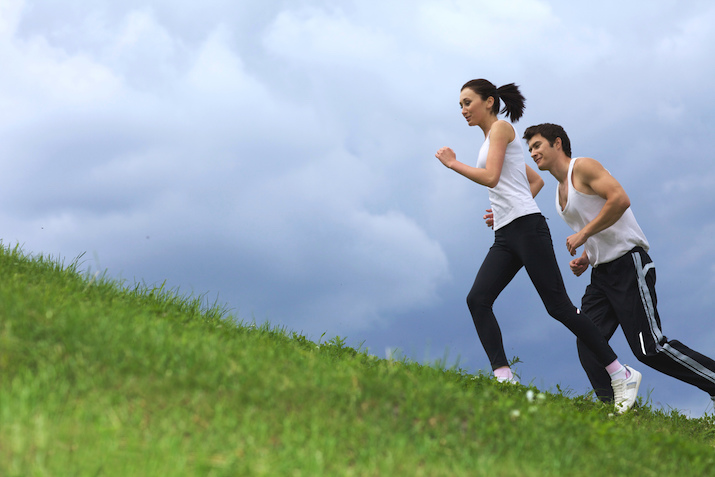
Movement is life. To be still is to play dead.
To keep moving we must maintain the health of our bones, joints and muscle tissue. Choose effective exercises that stretch tight muscles and strengthen weak ones. These exercises aren’t chosen at random, but determined by an initial movement assessment specific to your body.
While consistent effort provides many benefits to our bodies, it is not to be confused with maximum effort, which is unsustainable over a long period of time. Taking time every day to experience a little discomfort during activity can positively change your life.
Discomfort is also an important distinction from pain. Pain is indicative of an injury or one soon to happen. That should never be the goal. To feel a muscle working during an exercise or a stretch gives the sensation of discomfort, which is natural and expected when breaking down muscle tissue.
To avoid excess wear and tear, trainers will use periodization training methods when working with someone over a prolonged period of time. This creates an outline of achievable progress with rest and intensities taken into account for your fitness goals/current abilities.
A holistic approach honours your efforts for sustained activity. Exercise shouldn’t feel punishing nor should you view it as such. Give your body a chance to adapt, and remember everyone does so at their own pace.
NUTRITIONAL CHOICES
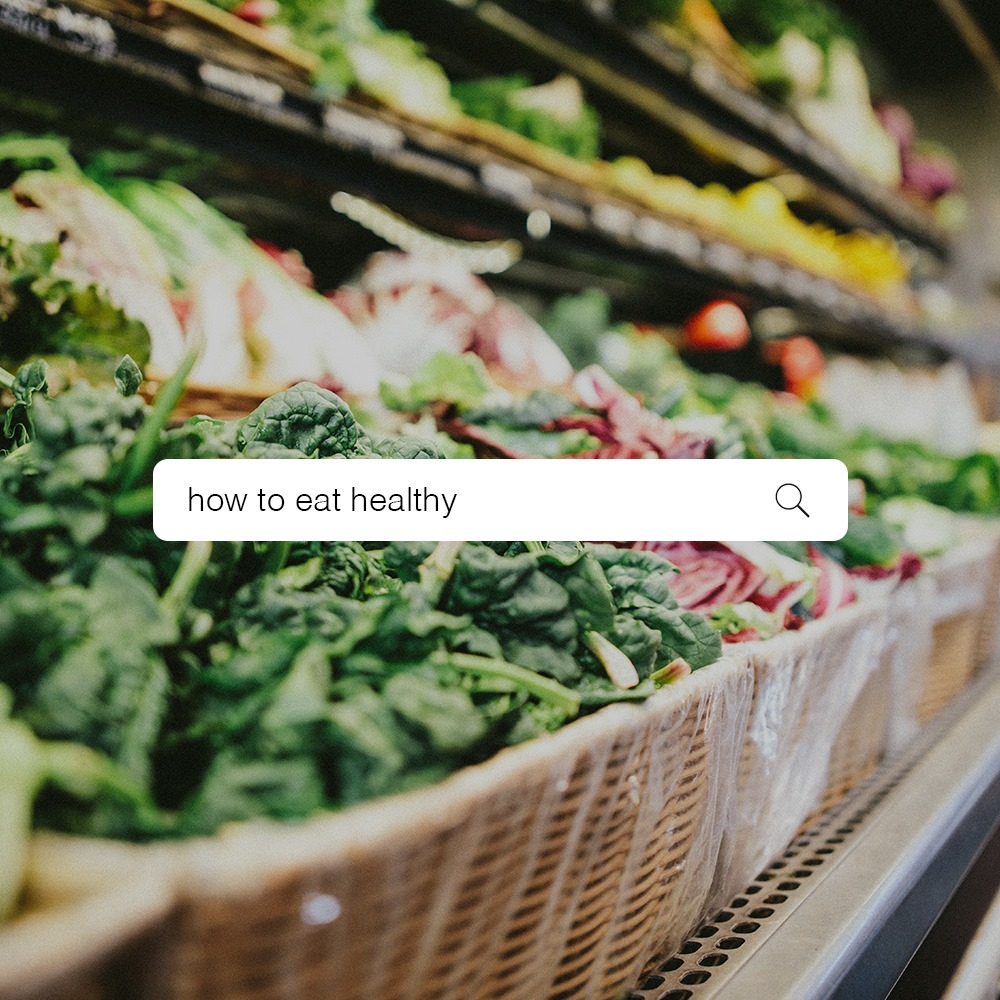
A person’s diet (the food they eat regularly), will have a large impact on an individual achieving their health and fitness goals.
Nutrition is important because we have to eat to live. Let’s optimize it – starting with how to define ‘healthy eating’ and then focusing on some basic guidelines to follow.
To prove everyone’s opinion on healthy eating varies, I refer to an initial fitness assessment I had with a man in his 40s who was just getting back into exercising. He said that in preparation for our session, he started ‘eating healthy’ the week before.
I asked what he had been eating. He responded with 4 apples per day, 1 bland chicken salad and 1 egg for breakfast. I agreed these foods could be ‘healthy’, depending on the context and quantity. But for a man looking to build muscle, he was starving himself and exhausted!
To build muscle, you need protein and the energy to move. We agreed this client’s top priority should be to educate himself on good sources of protein and how to prepare meals centered around that while avoiding simple sugars. Plus, spruce up that bland chicken salad – it’s never too late to learn how to make healthy foods taste good!
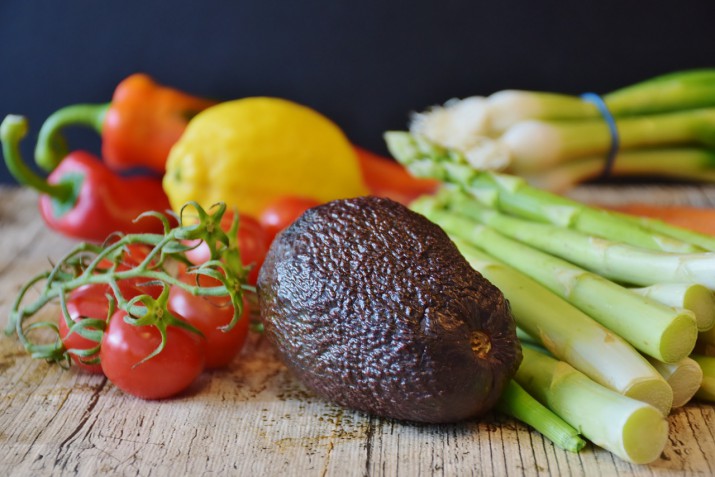
Salt, heat, fat and acid affect the flavours of your meal.
If this pandemic has taught us anything, it’s that we should start with the cleanliness of our meal ingredients. Pesticides and bacteria can cause unnecessary harm to our bodies, and food cleanliness is an easy and low-cost way to improve our health. If you don’t already know, learn how to prepare your meal following proper food and safety guidelines.
Use the food journaling app, myfitness pal to get an idea of how food can work for you by learning about macronutrients (protein/fats/carbs) and approximately how much you should be consuming in a day. Then start observing if you are eating enough micronutrient (vitamins/minerals) dense foods and avoiding empty caloric “frankenfoods” containing lots of sugar. These ‘frankenfoods’ are often processed and have little to no digestible nutrients.
We want a general understanding of how many calories are in your regular meals and more importantly where they’re coming from. This gives you a starting point to discuss your diet with a knowledgable trainer or nutritionist. My number one tip when learning about nutrition is to ensure you are drinking enough water, especially with meals. The immediate benefits of drinking water include keeping you full, slowing down the pace of your meal and aiding with digestion.
Introduce small healthy changes into your lifestyle, like being hydrated, and then apply it to the best of your ability. If you are able to manage the change, look towards your next step. If you want more information on ‘how to eat healthy’ you can check out: Hailey Pomroy and the Fast Metabolism Diet, Primal Pattern Diet , Donna Hay
What other factors affect the health of our mind and body?
RECOVERY THROUGH STRETCHING + SLEEP + BREATHING PATTERNS
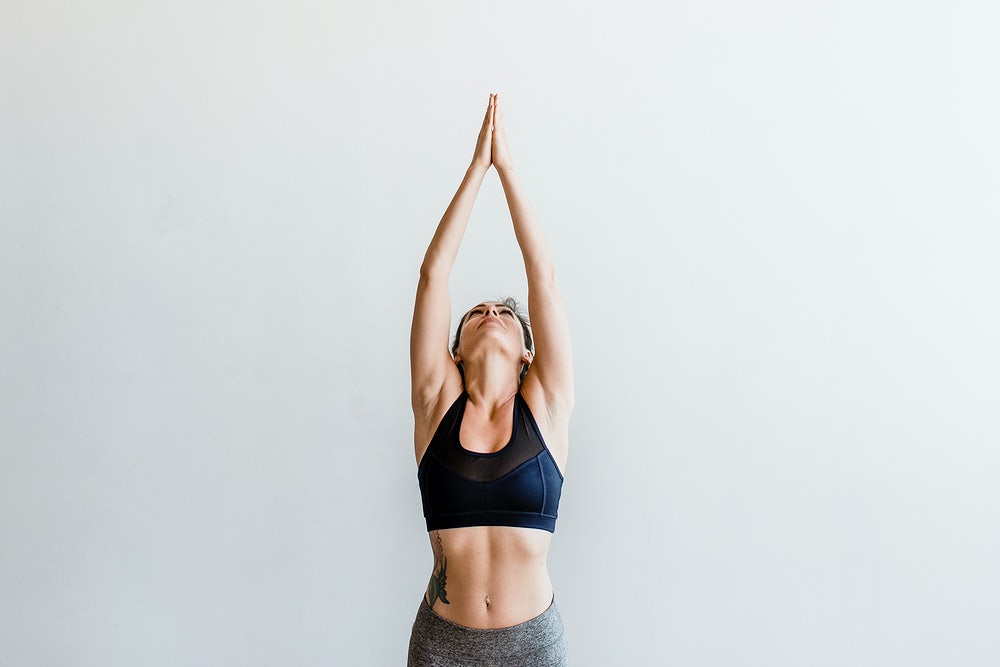
These come at no extra cost but are often ignored when considering the results of a health and fitness program.
Recovery is one of the most important aspects of the holistic approach to personal training. Oxygen, sleep and stretching are free recovery tools that have immediate benefits.
Getting enough sleep, usually 7-9 hours per night, has positive, proven effects on hormonal responses, brain function and skill-based tasks. There are good practices for addressing sleep issues and they don’t need to be drastic. Aim for a comfortable sleeping environment, a regular bed/wake schedule and reduced screen time before bed.
Calming and controlled breaths can positively change your state immediately, and help you feel centred in the present moment. Improper breathing patterns can reveal themselves in your posture and during movement assessments. Learning how to effectively breathe from your diaphragm is an important skill and vital to optimizing recovery and performance.
Being proactive about our recovery can prolong the health and longevity of our bodies. Remember, the body leaves no debt unpaid. The harder you push your body, the more maintenance it will require. This means we need to allow enough rest between bouts of intense exercise, but during rest periods we can be proactive with other forms of body maintenance. Active stretching, percussive therapy, hydrotherapy, mobility exercises, or visiting a registered massage therapist are just a few examples of helpful recovery tools.
Managing this maintenance is called managing your physical stress. Check out how much time the aging but still MVP caliber athlete Lebron James spends on managing his. Let’s dig deeper into the other types of stress we must manage besides physical.
STRESS MANAGEMENT
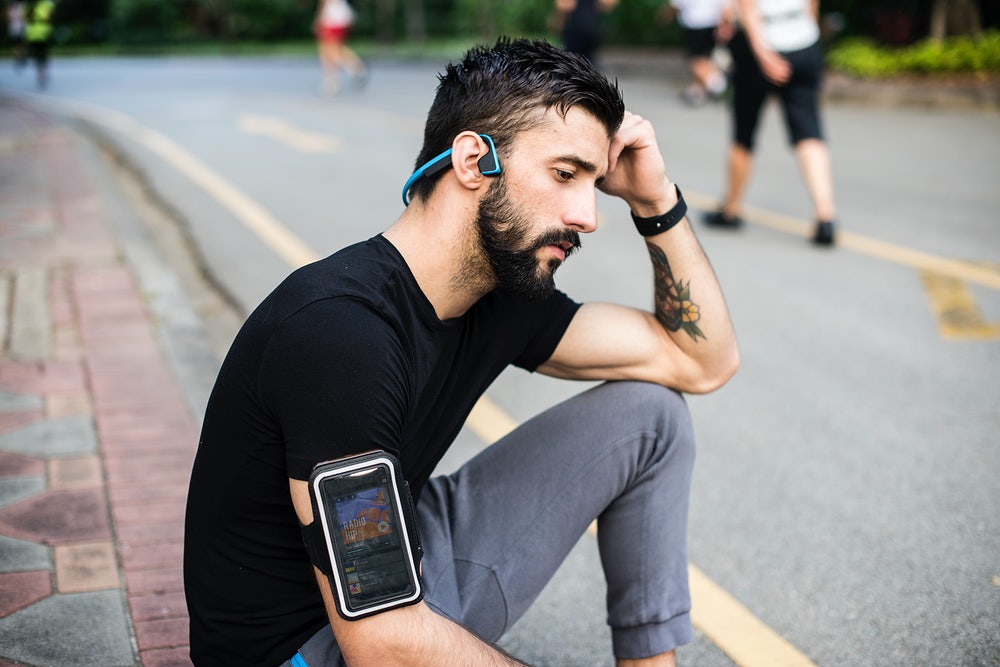
Overwhelming mental stress is for a therapist and overwhelming physical stress is for a physical therapist.
Stress is your body’s reaction to change that requires an adjustment or response based on our environment, body and thoughts. You are reacting to these changes physically, emotionally and mentally. This is important because that means we all experience stress, but it’s not all the same. Our bodies, perceptions, experiences in life and beliefs shape our individually unique reactions to stress.
There are six types of stress in relation to the health of your mind and body: Physical, Chemical, Electromagnetic, Psychic, Nutrition and Thermal. We’ve touched on physical stress and stress from poor nutrition and ingesting chemicals already. But did you know you can experience stress from too much screen time (electromagnetic stress), negative self-talk (psychic stress), or being too hot or cold (thermal stress)?
These types of stress can be broken down further into internal and external stressors. Usually, internal stress comes from within the body, and is most often our reaction to external stressors. For example, toxic chemicals we ingest (chemical stress) can cause cancer within our bodies, or a bad relationship (psychic stress) can cause us to have painful heartache. Chronic stress of any sort reduces our ability to heal and bounce back.
Each type of stress can have a positive or negative effect on you, depending on the choices you make and factors involved. For example, raising your temperature (thermal stress) can be relaxing at the sauna, but prolonged exposure can cause negative outcomes. Similarly, exercise as a physical stress has benefits, but those are diminished when there’s too much or too little happening.
The key is finding balance. Regulating all these various stressors means we feel energized, balanced and can maintain a positive attitude in the face of adversity, which in itself is a healthy form of stress.
FINAL THOUGHTS

Positive vibes.
Make healthy choices as often as you can.
Address your stress and where it comes from. Nourish yourself with enough satiating calories and know what foods work for you. Learn how to move effectively through your primal patterns before increasing the intensity.
Above all, remember that sustainable change happens step by step, not by leaps and bounds. It won’t happen overnight, but you can affect the outcome every day with the choices you make and the habits you create. Patience is key when trying new things, especially when it comes to your lifestyle. Be kind to yourself and stay cautiously curious!
The goal of my personal training programs is to help you with all of these objectives to positively and sustainably change your life in a holistic way. Follow me at @torotactix to find out more!



